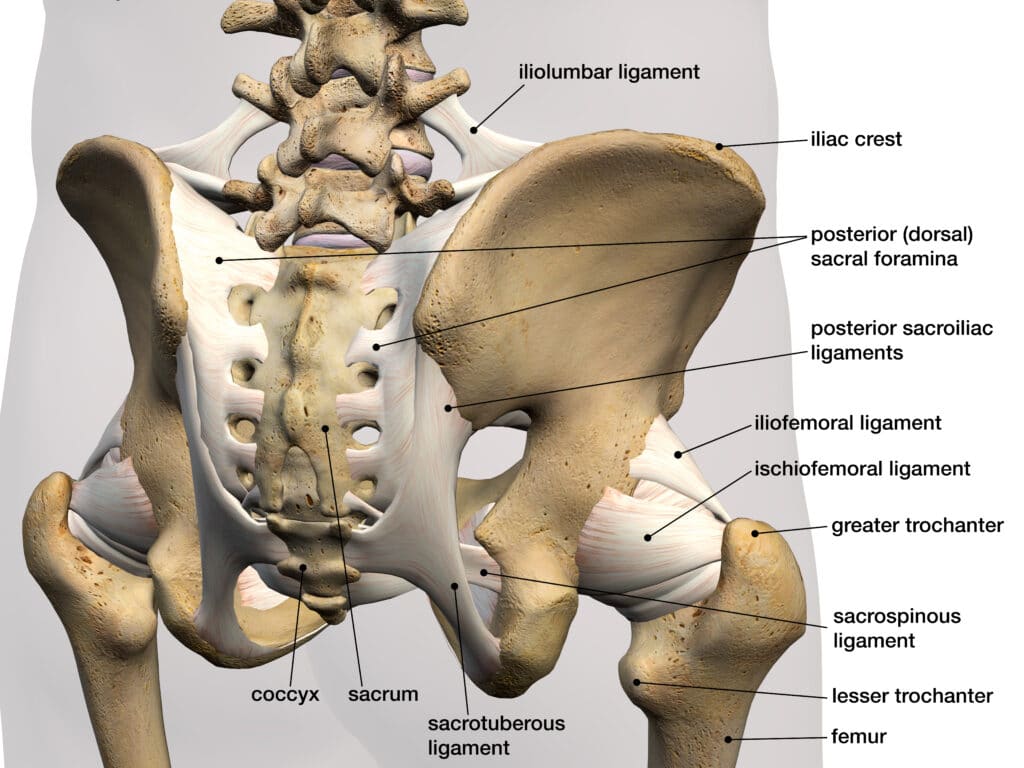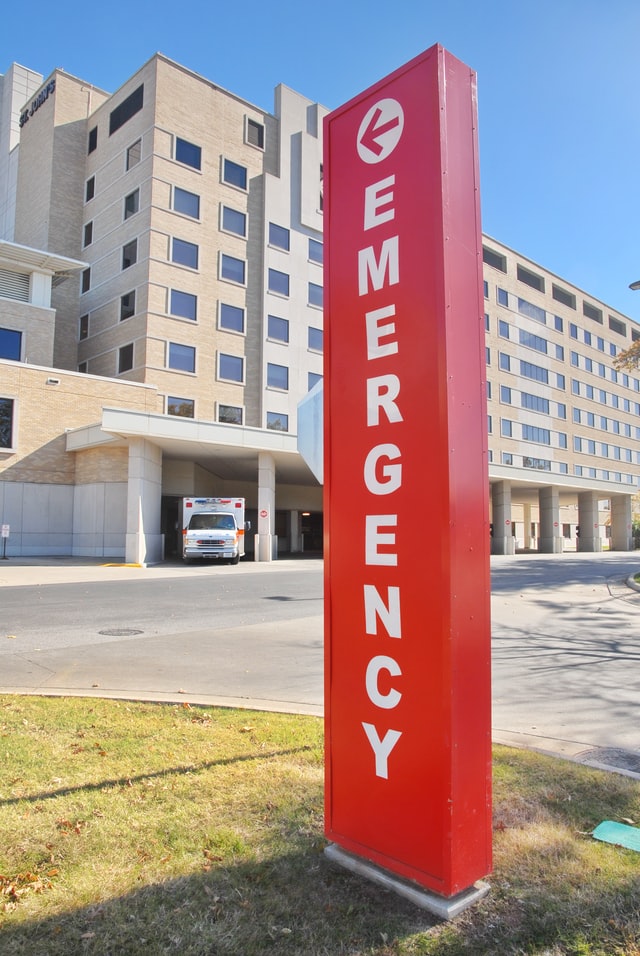Complex Fracture Of The Pelvis: Do You Need An Orthopedic Surgeon?
Named for the Latin word for ‘basin’, the pelvis is a bowl-shaped set of bones composed of your hips, sacrum, and coccyx. It is highly stable and provides skeletal support to connect your spine to your legs.
The pelvis is truly a remarkable and essential structure. You need your pelvis to walk. It houses and protects integral internal organs. It even softens and widens to accommodate a woman’s pregnancy and her subsequent delivery.
Some injuries to the pelvis result types of fractures called hairline or simple fractures. These may be insignificant enough to initially go unnoticed, and only after symptoms persist does a patient seek treatment. Complex pelvic fractures, however, involve potentially life-threatening damage to other bodily tissues and require immediate attention and often surgery.
Anatomy of the Pelvis

The bowl or ring shape of the pelvic bones provides considerable skeletal strength and protection for neighboring blood vessels, nerves, ligaments, muscles, and organs.
The amount of force required to damage the pelvic ring to the point of a complex fracture is significant. These pelvic fractures are usually caused by high-impact traumas from car accidents, sports injuries, or falls from great heights. In the elderly, however, bones may become brittle as a result of osteoporosis and thus vulnerable to breakage from more minor impacts.
Because of the strength of the pelvis, fractures of its bones are uncommon—accounting for only about 3% of all adult fractures. Despite their rarity, pelvic fractures are the leading cause of morbidity and mortality in musculoskeletal trauma.
Complex Pelvic Fractures
By definition, a complex fracture of the pelvis is one in which soft tissues or organs are damaged in addition to bone. Treatment and healing of a complex pelvic fracture are complicated, lengthy, and typically require care by a team of doctors and orthopedic hip specialists.
Life expectancy may be impacted after a pelvic fracture as a result of the complexity of the injuries sustained. Generally, persons over age 80 have the most difficulty in recovery.
Symptoms of a Fractured Pelvis
Symptoms of a complex fracture of the pelvis are generally obvious as a result of a serious accident. For non-complex fractures, you may notice tenderness, pain, swelling, bruising, numbness, or tingling in the pelvis. It’s important to seek the care of a hip specialist immediately any time you suspect you have injured your pelvic area.
Caring for a Complex Pelvic Fracture

At the time of the injury, the potential complications and likelihood for associated issues mean complex pelvic fractures demand very careful handling. Most patients with a complex pelvic fracture are first seen in the emergency department.
The initial goal of any treatment plan is stabilization and pain relief. The treating physicians must consider broken bones alongside affected muscles, ligaments, nerves, organs, and internal bleeding when determining your treatment plan and recovery timeline.
It may be possible to rest and recover at home on your own. For many, long-term treatment requires multiple doctors, specialists, and sometimes surgeries.
Recovery Time for Healing a Broken Pelvis
If you’ve broken your pelvis, it will take time to walk, sit, sleep, and move comfortably. It may take several months to heal, and your injury may require surgery. Surgical treatment can include the use of metal pins, screws, or rods to help reconnect the broken bones. You might need more than one surgery.
If you have a hairline pelvic fracture, surgery may not be necessary. Regardless of the treatment indicated for your specific injury, you can expect healing to take several months.
How to Sit and Sleep Comfortably with a Pelvic Fracture
Bed rest will help reduce pain by minimizing movements and also give the pelvis time to heal. Rest in bed as much as possible and keep weight off the hips. Initially, you’ll need help bathing and using the restroom.
Use an ice pack on the painful area for 10-20 minutes every 1-2 hours for the first several days. Protect your skin by placing a thin between your body and the ice pack.
Take pain medications as directed by your doctor. You may be prescribed medication or directed to use over-the-counter options.
Management of Complex Pelvic Fractures

As you heal, work with your healthcare providers to create a physical therapy routine. Pelvic fracture exercises help you regain leg strength and mobility and stop blood clots from forming. Your doctor will also determine if you require blood thinners to prevent clotting.
Once you’re able to move about, you’ll likely require crutches, a cane, or a walker for support and stabilization. Follow your doctor’s instructions regarding how much weight you’re allowed to put on your legs, and build up to your set goals slowly over time.
Eat a healthy diet high in fruits and vegetables to ensure proper fiber intake for healthy bowel movements. Drink plenty of fluids and avoid constipation—straining to eliminate is painful for those with pelvic fractures.
You may want to invest in a body pillow to help elevate your broken bones and prevent swelling. You’ll likely need to sleep on your back and might want to prop yourself up on multiple pillows to relieve pressure on damaged areas.
Pelvic fractures are complex and serious. Finding a team of doctors and specialists you can trust to help you fully heal and recuperate comfortably is essential.
Contact us today to speak with a specialist about your pelvis injury. The quality of care you receive will help you get back to where you want to be.
6 Comments
Permalink
I HAVE BEEN OPERATED DURING 19 YEARS BECAUSE A “COMPLEX PELVIS FRACTURE TYPE 3C OF TILE” AND THERE ARE NOT TOO MANY DOCTORS ESPECIALIZADED IN THAT KIND OF FRACTURES.
I NEED A TEAM WHO CAN HELP ME TO HAVE A “LIFE” BECAUSE HERE IN SPAIN THEY DON´T KNOW WHAT MUCH TO DO, ONLY SEND ME MORE AND MORE FENTANILO BUT I AM SURE, MY SACRUM AND RIGHT PELVIS AND PUBIS ARE STILL OPEN.
-PLEASE HELP THIS 37 YEARS OLD GIRL-
Permalink
displaced fracture noted involving right inferior public ramus
Undisplaced fracture noted involving right superior public ramus
Undisplaced fracture noted involving the right anterior piller of the right acetabulum
Permalink
Hi, The impact was on the drivers side and totaled my VW Bug and I blacked out. It was the most excruciating pain I ever had with heavy bleeding and blood transfusions! . This happened in 1981, baby in 1984, Cesearian. Years later hip pain on side of impact as something slips out of place, then sciatica. Also nerve damage left arm. I’m 81 now and lifting anything heavy makes my back worse!
Permalink
I’m sorry to hear about the pain and challenges you’ve experienced since your accident in 1981. It sounds like you’ve been through a lot. As we age, injuries and trauma can have lasting effects on our bodies, leading to chronic pain and discomfort. Given your history of hip pain, sciatica, and nerve damage in your left arm, it’s essential to continue working closely with healthcare providers to manage your symptoms. They may recommend treatments such as physical therapy, medication, or possibly surgery to help alleviate your pain and improve your quality of life. It’s also crucial to avoid lifting heavy objects, as you’ve mentioned it worsens your back. Engaging in gentle exercises, such as walking or swimming, can help keep your muscles strong and flexible without putting too much strain on your back.
Permalink
I broke 3 ribs and fractured my pelvis right down the middle on June 9th. 2 weeks ago, my ortho doctor told me I was healing great. I am so uncomfortable that I don’t know what I can do
Permalink
Hi Mary, I’m sorry to hear about your injuries. It’s great to know you’re healing well, but I understand the discomfort can be challenging. I would suggest reaching out to your orthopedic doctor for pain management options and ask for specific recommendations to improve your comfort during recovery. There are several over-the-counter options for pain relief such as OTC medications, ice and heat therapy, rest and proper positioning, and topical pain relievers. Good luck!